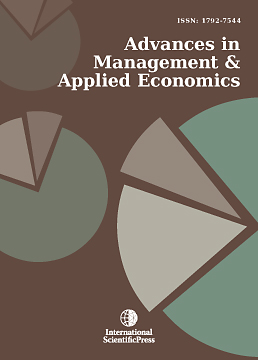Advances in Management and Applied Economics
Carbon Emission Drivers and Critical Paths in the Interaction of the "Local-Domestic-International" Economic Cycle - A case study of Beijing
-
 [ Download ]
[ Download ]
- Times downloaded: 57
Abstract
It is crucial to study the carbon emissions worldwide induced by urban consumption activities. Taking consumption-oriented city Beijing as an example, we constructed a nested multi-regional input-output model (MRIO), and measured carbon emissions and value-added in local, domestic, and international systems. Furthermore, the structural decomposition analysis (SDA) and structural path analysis (SPA) was applied to analyze cross-system driving forces and key paths of carbon emission changes. The conclusions show: (1) Beijing's consumption leads to the highest carbon emissions in the domestic system but the highest value-added in the local system. There is spatial inconsistency in carbon emissions and value-added. (2) The intermediate commodity input-output effect (ICIOE) of intra-domestic provinces is the main driving factors contributing to the reduction of carbon emissions. In contrast, the ICIOE of inter-domestic provinces is the main factor leading to the rise. (3) In the top 10 types of key paths for Beijing’s consumption-based carbon emissions (CBCE) growth, electric power and construction sectors in domestic systems are key sectors. Chemical products and transport equipment in foreign systems are key sectors for Beijing’s CBCE decrease. Our findings suggest Beijing enhancing cross-system cooperation to achieve carbon reduction targets.
JEL classification numbers: R15.
Keywords: Consumption-based carbon emissions, Multi-regional input-output, Structural decomposition analysis, Structural path analysis.
